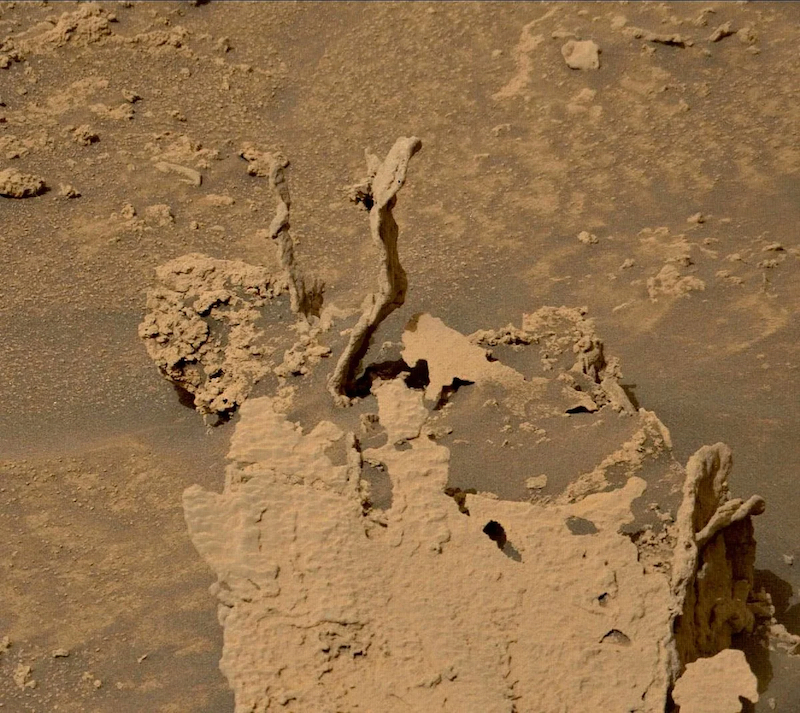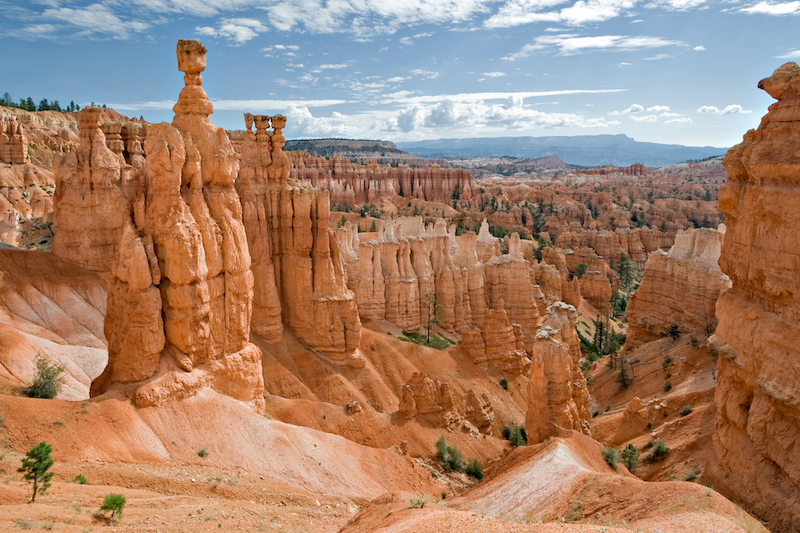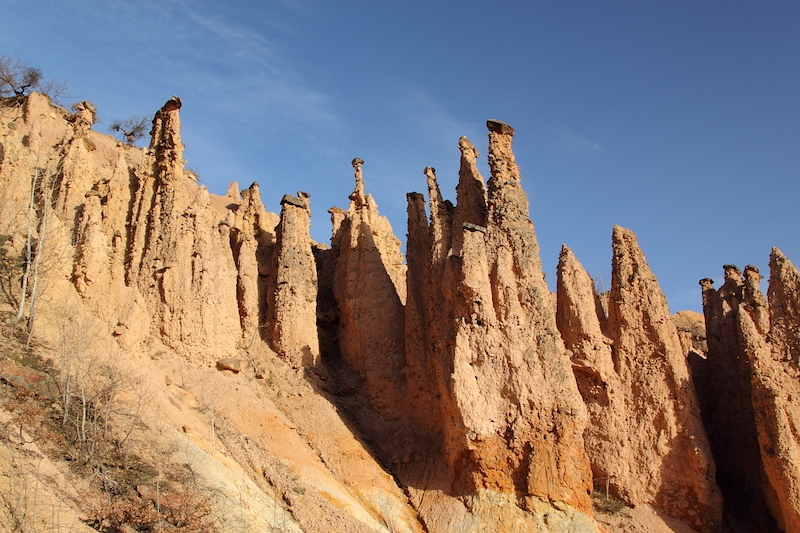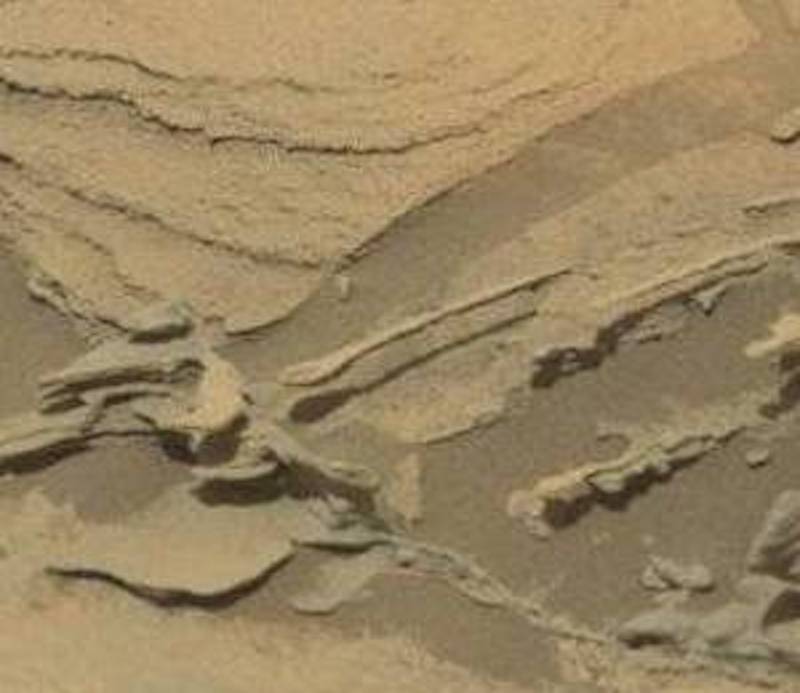
Curiosity rover finds odd little rock spikes
Over the years, rovers on the red planet Mars have come across lots of interesting rock formations, including towering cliffs, “pavement stones” and rocks covered in round nodules and mineral veins, to name a few. And some of the most fascinating formations have also been the most delicate, often very thin or spindly, looking like the slightest touch will break them. Wind and sand erosion create them in the thin Martian atmosphere. Now, the Curiosity rover has discovered another great example of a fascinating and delicate Mars rock formation. They are small stick or spike-like structures protruding from the ground, reminiscent of hoodoos on Earth, but much smaller.
Curiosity took the image at the top of this page on May 17, 2022. The SETI Institute and others later shared them on Twitter, sparking interest and debate as to what they might be.
#PPOD: Here is another cool rock at Gale crater on Mars! The spikes are most likely the cemented fillings of ancient fractures in a sedimentary rock. The rest of the rock was made of softer material and was eroded away. ?: @NASA @NASAJPL @Caltech #MSSS fredk, acquired on May 17. pic.twitter.com/RGfjmRBfI7
— The SETI Institute (@SETIInstitute) May 26, 2022
So, what are they?
They look like petrified sticks or branches, or even frozen streams of water. But Curiosity mission scientists say they are indeed eroded rock formations. The rovers have seen similar structures before, although not usually pointing upward so dramatically. These recent ones do look out of place among the surrounding red Martian rocks and sand.
Mission scientists say they likely formed from harder sedimentary rock that used to fill cracks in softer bedrock. Wind and sand eroded the softer rock away over billions of years, leaving the harder material behind. That harder material forms the remaining spikes we see today. These just happened to be more vertical in the surrounding rock to begin with. They remained that way due to the exceedingly thin atmosphere not being able to knock them over. On Earth, with our thicker atmosphere, such delicate formations probably wouldn’t last nearly as long.


Analogies on Earth
There are similar structures on Earth, although they tend to be much larger. Their larger size is also why they’ve been able to last for millions of years. Hoodoos are a good example. These are tall, thin spires of rock, typically found in dry environments. They are common in Utah and southern Serbia, for example. Unlike their Martian counterparts, earthly hoodoos can be as tall as a 10-story building!
But just like the spikes on Mars, they form when softer sedimentary rock is eroded away, leaving the spike-like core of harder rock still standing.
The ‘flower’ and ‘spoon’
Last February, Curiosity imaged another cool little rock formation. This one looks like a budding flower or piece of coral, but alas, is also just a wind-sculpted rock.
In 2015, the rover came across a brittle-looking rock formation that looks just like a spoon. Long and thin, the “handle” end is attached to a larger, flat piece of rock, and almost appears to be floating! It looks rather precarious, suspended above the ground like that.
These are just two other examples, but there are more. In many places, the various rovers have seen sedimentary rocks composed of many thin layers, as well as flakes of rock. Some layers and flakes are so delicate-looking – almost paper-thin – they would seemingly crumble if just lightly touched.


Curiosity rover exploring the foothills of Mount Sharp
Curiosity is currently meandering through mesas and foothills at the base of Mount Sharp, first seen from a distance. It is seeing some specular scenery as it gradually makes its way up the mountain.
Bottom line: NASA’s Curiosity rover has spotted some intriguing stick-like rock spikes, resembling hoodoos on Earth, but much smaller. How did they form? Mission scientists say erosion of softer rock around columns of harder rock (the spikes) is likely the cause.











